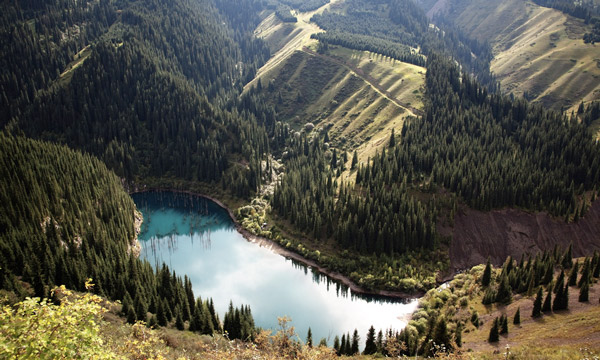
Here at Steppe we have a great passion for the Soviet architecture of the Central Asian states. As an expression of the progress of thought, whether state or personal, this architecture is a real eye opener, and is rightly, finally, finding its place in helping to define and deconstruct a very complex time. Frederic Chaubin’s book CCCP: Cosmic Communist Constructions Photographed (reviewed in Steppe 9) brought us wonderful photos of some of the most exotic examples of post-war Soviet architecture across the former republics of the USSR, but in the exhibition ‘Trespassing Modernities’ at Salt Galata in Istanbul, Georg Schöllhammer delves deeper into the evolution of post-Stalinist Soviet architecture.
Continue reading Trespassing Modernities – Post-Stalinist Soviet Architecture





